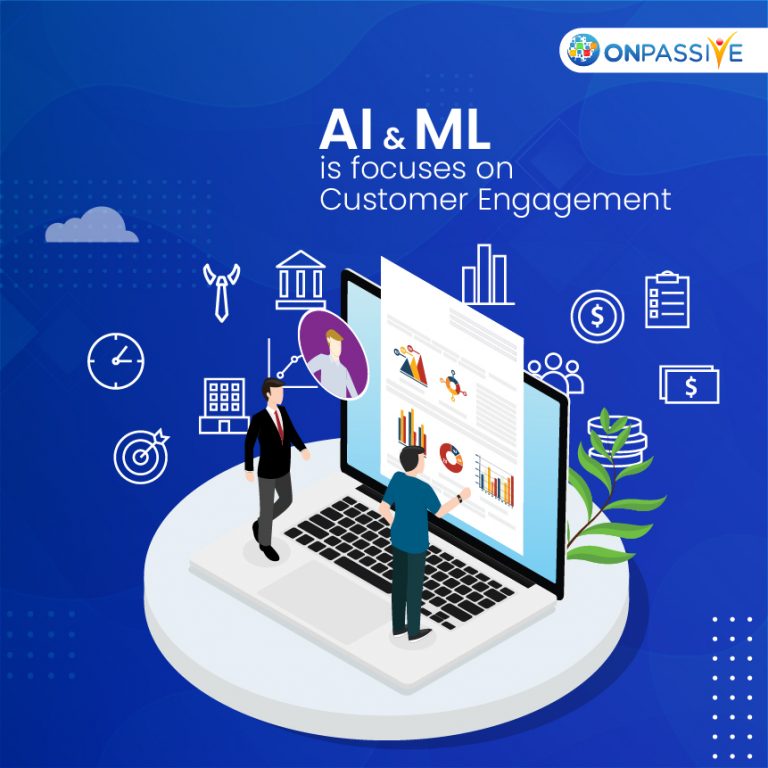
In 2020, businesses increased their implementation of AI and machine learning, focusing on revenue growth and cost reduction measures. Algorithmia’s third annual report, 2021 Business Trends in Machine Learning, sees businesses moving into a broader spectrum of applications, beginning with process automation and customer experience, which is consistent with many other surveys of enterprises’ AI and machine learning accelerating initiatives last year.
The study reflects a random sample of industries across a range of machine learning maturity levels, based on interviews with 403 business leaders and practitioners who have insights into their company’s machine learning efforts. Algorithmia decided to restrict the survey to companies with a turnover of $100 million or more. Additional information on the approach can be found on page 34 of the report.
Let us look at the key insights how Enterprises prioritize AI and machine learning research:
In 2021, 76 per cent of Enterprises prioritize AI and machine learning ahead of other IT initiatives. In the last year, six out of ten people (64%) say AI and machine learning initiatives have become more important than other IT initiatives. According to a survey conducted by Algorithmia last summer, businesses started doubling down on AI and machine learning investment last year. The pandemic has instilled a new sense of urgency in having AI and machine learning projects completed, as CIOs from the financial services and tech sectors pointed out in interviews for similar research studies last year.
From 2019 to 2020, 83 per cent of businesses raised their AI and machine learning budgets year over year. Around 2019 and 2020, 20% of businesses increased their spending by more than 50%. According to MMC Ventures’ The State of AI Divergence Report, one out of every ten businesses now employs ten or more AI applications, with chatbots, process optimization, and fraud detection topping the list. According to a new Salesforce Research study, Enterprise Technology Trends, AI and machine learning are changing customer experience and transforming businesses for 83 per cent of IT leaders. The table below compares AI and machine learning budget shifts from FY 2018–19 to FY 2019–20.
Around 2020 and 2021, the number of data scientists increased by 76 per cent, with 29 per cent of businesses surveyed employing more than 100 data scientists today. According to Burning Glass Technologies, demand for AI and Machine Learning skills is expected to rise at a 71 per cent compound annual growth rate through 2025, with 197,810 open positions currently. The most convincing Enterprise Trends in Machine Learning and AI adoption are those that concentrate on driving top-line sales growth while reducing operating systems. The increase in hiring is due to the success of business cases that generate new revenue while lowering operating costs.
The two most common usage cases as Enterprises prioritize AI and machine learning in organizations today are improving consumer interactions to drive greater sales growth and automating processes to minimize costs. Seven of the top 20 use cases, or nearly half of all use cases tracked in algorithm’s study, are customer centric. Despite the growing and severity of attacks, such as the SolarWinds cyberattack, 46 per cent of businesses are using AI and machine learning to fight fraud.
Business cases involving AI and machine learning that result in increased customer sales growth, lower costs, and greater financial visibility have the highest priority for funding within any organization today. The perfect combination for having a proof of concept for an AI or ML project started in optimizing consumer interactions, automating processes.
Conclusion:
To conclude, Enterprises prioritize AI and machine learning result in increased customer sales growth, lower costs, and greater financial visibility. So, for switching to AI enabled business, contact us.


